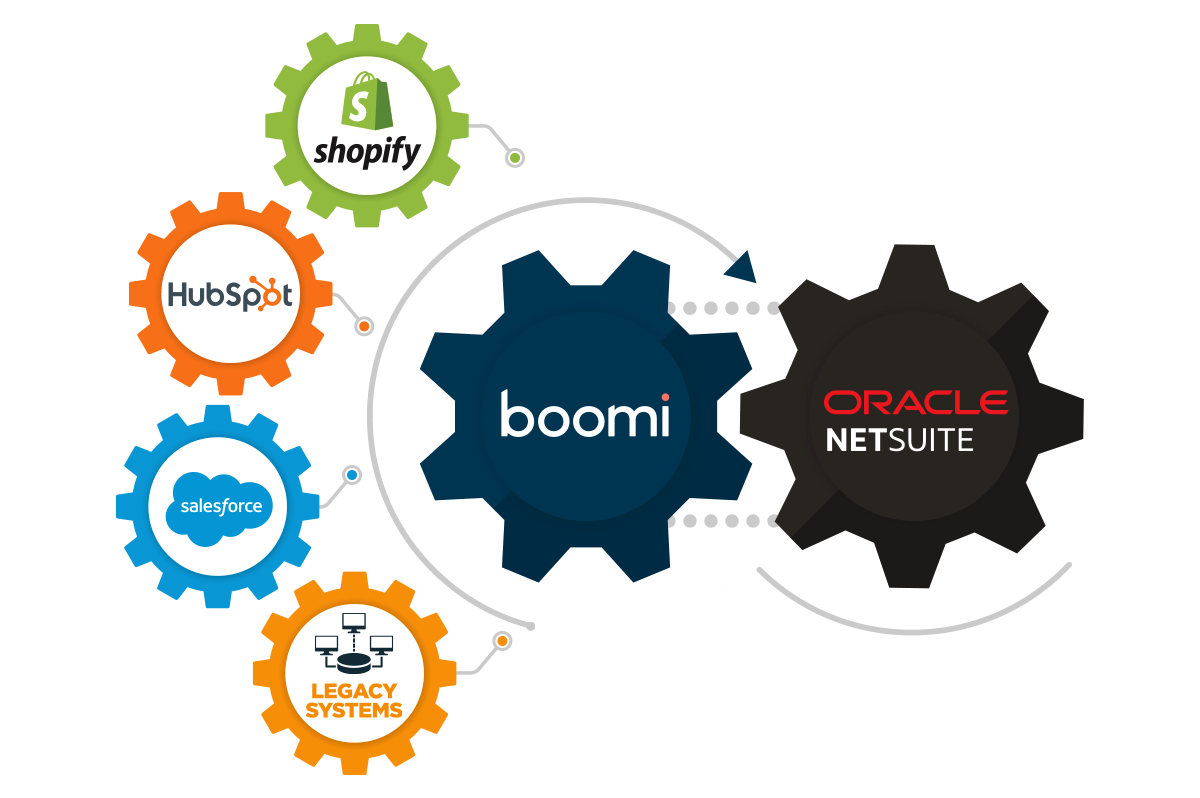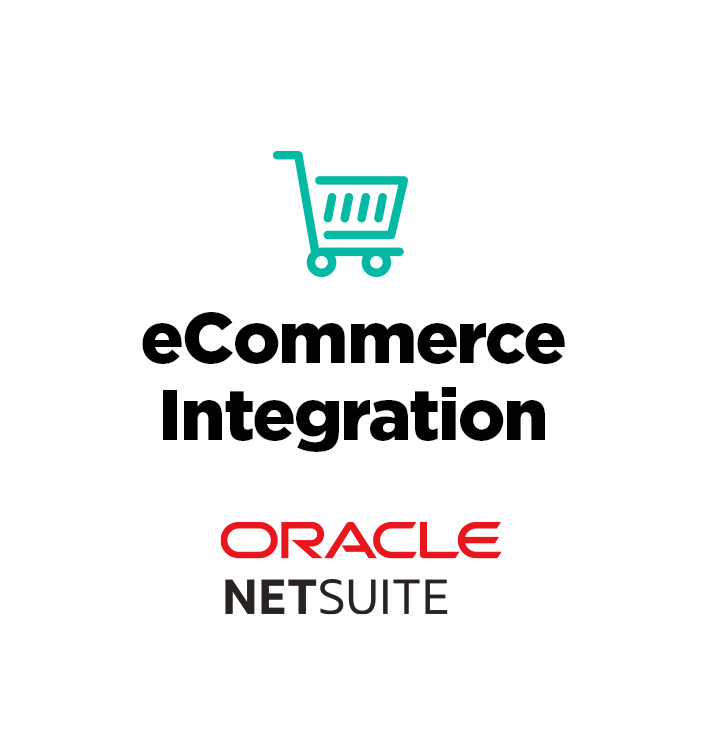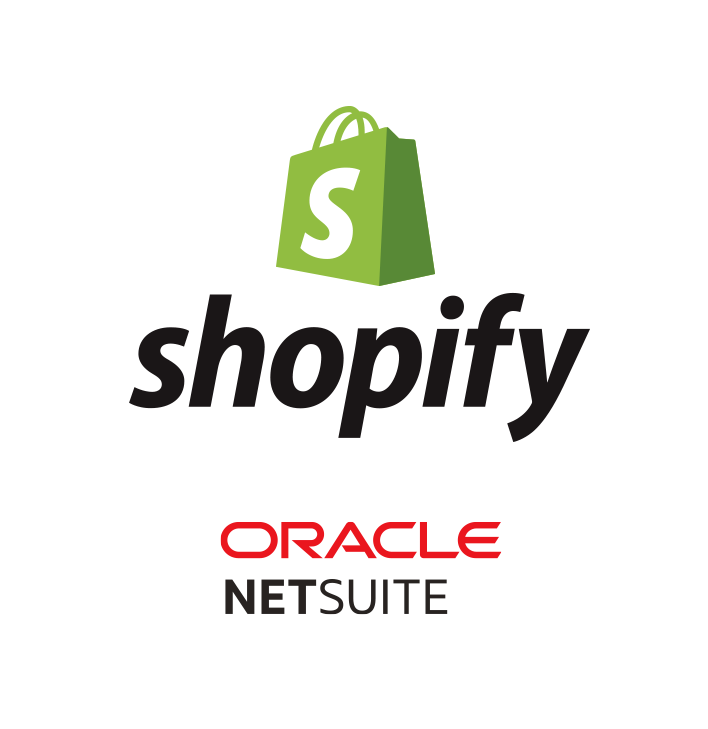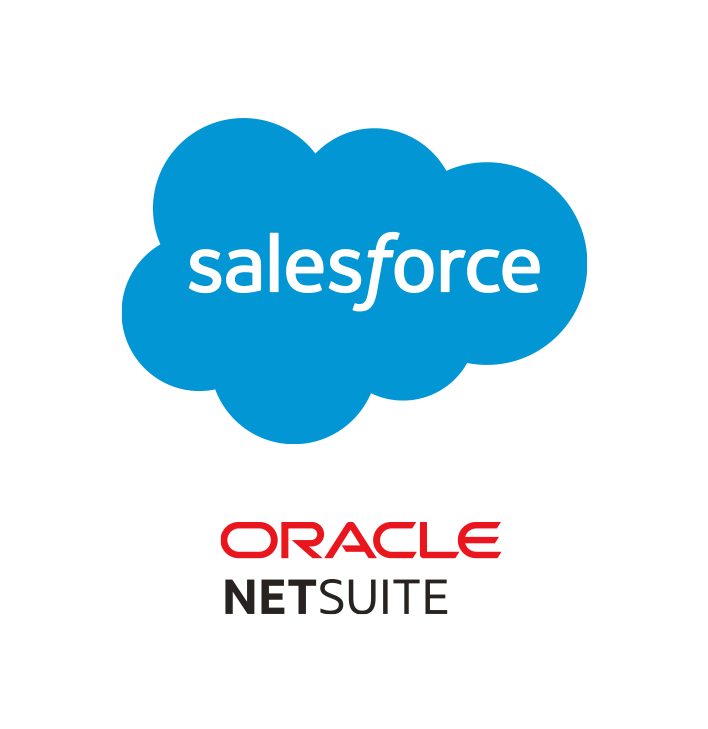Why Choose NetSuite Integrations
If you’re deciding on NetSuite as your core enterprise resource planning (ERP) platform, you’ll have access to a full suite of applications that it has to offer. From full data visibility to a built-in CRM, it will add efficiency to your business by eliminating long manual processes.
From the very start of your ERP implementation project, integrating other software and applications should be part of your planning. As you start thinking about the software integration and planning, you’ll learn how bringing together different applications leads to greater productivity across teams.
Planning an integration involves looking at the current and potential growth of your organization and its evolving needs for outside software and applications.

Once implemented, an integration will give you a view of your organizational data and workflows for full visualization. Thanks to product updates, this will also lead to the most up-to-date information from the latest software, at all times.
We call this the one source of truth for your business. It has full data visibility, when you want it, so you’ll know exactly where your business is going and what areas are working together to reach your strategic objectives. All this, without the worry of human error or inefficiency, due to lack of resources or expertise.
A NetSuite connector means you’re getting the latest and greatest of each application, all in one place.
What is a NetSuite Integration?

If you’re not sure what a software integration with your ERP tool is, here’s a quick overview.
Consider NetSuite as your core ERP platform - it’s basically a back-office to your entire business and all of its data. It helps your business track financial data and performance as well as maintain customer relationships through its CRM component.
If you own a retail business, it can also help you manage inventory and maintain your e-commerce information and activity. But you’ll probably need a custom integration that can bring together financial data from a purchase to the inventory you’re selling.
This is where specialized NetSuite integration services come in, helping you connect NetSuite with the other applications your business depends on while ensuring data flows smoothly across systems.
Thanks to what is often called a connector or middleware, your ERP can be integrated with other business applications and software, outside of NetSuite too.
It’s like you’re bringing together the best and latest versions of different applications your business can use so you’ll have a fully customized platform and powerful integration solution.
Thanks to an integration with other popular software and applications in the business ecosystem, you’ll get enhanced data visualization capabilities. A full view of data and activity also allows different teams across your organization to communicate easily with each other.
This team collaboration gives your organization greater productivity and less risk of human errors. This access to real-time data will take you closer to reaching your strategic objectives and Return On Investment (ROI).
Example of a NetSuite Integration
A popular software integration is the NetSuite to HubSpot integration, which offers better insight into your marketing tactics and how your leads are engaging with your emails and communications.
This commonly-used integration gives organizations a full view of their marketing campaigns and offers metrics they can use to gauge their efficiency. In turn, these findings are shared with the sales teams, who will benefit from a better understanding of their target clients.
They can see the customer journey from the first point of contact, including emails sent and exchanged. By knowing which content, web page or email the lead engaged with, marketing teams can tweak campaigns accordingly.
Thus, a perfect example of how a software integration not only creates a single source of truth by connecting two applications, but two teams within a business for greater productivity.
The dreaded “swivel-chair” approach
The “swivel-chair” is a term used at GURUS Solutions to describe the back-and-forth employees in an organization are often faced with. It refers to the employees working in one software application and moving on to another, often across different teams as well.
They find themselves having to input and share data, which obviously results in more human errors.
By implementing a NetSuite integration, these teams won’t have to keep track of all of this data from different sources and applications. They won’t have to manually enter this data either.
Connecting these applications with their core ERP platform eliminates the manual work and lets them focus on more important tasks.
A NetSuite connector to other applications results in more efficient business processes, real-time data visibility, and better alignment with strategic objectives. It allows for teams in different areas to share information across the different systems they use for their own tasks.



